What is APR?
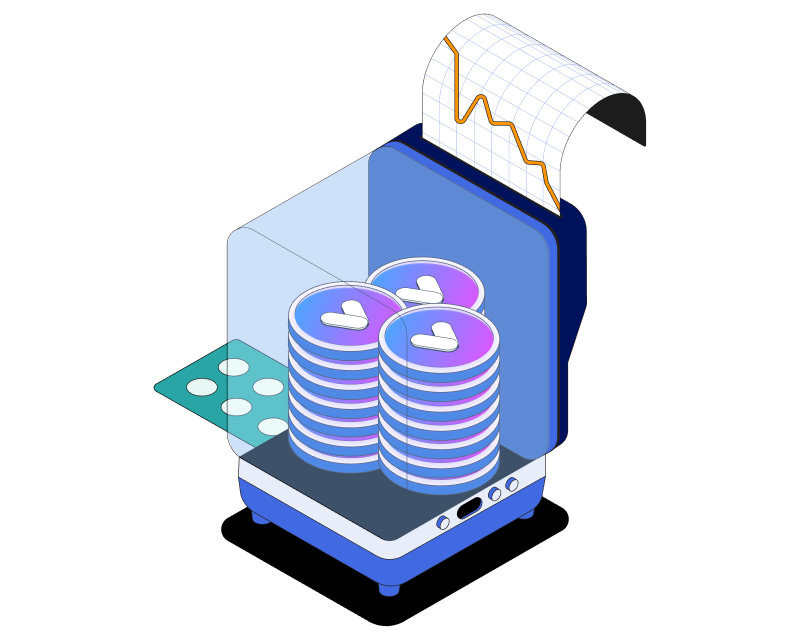
Table of Contents
Understanding APR: A Comprehensive Guide
APR, or Annual Percentage Rate, is a fundamental financial term used to express the annual cost of borrowing or the annual return on an investment, without compounding. It's a standardized way to compare different financial products, making it easier to understand the true cost or potential return. This article explains APR, its calculation, its importance in lending and borrowing, and its relationship to APY, particularly within the crypto and DeFi landscape.
What is APR?
APR represents the yearly interest rate on a loan or investment, excluding the effects of compounding. It includes fees and other costs associated with the transaction, offering a more complete view of the total borrowing cost. This contrasts with APY (Annual Percentage Yield), which includes compounding.
How is APR Calculated?
APR is calculated using simple interest. Here's a simplified formula:
APR = (Periodic Interest Rate * Number of Periods in a Year)
- Periodic Interest Rate: The interest rate for a specific period (e.g., monthly, quarterly).
- Number of Periods in a Year: The times interest is calculated yearly (e.g., 12 for monthly, 4 for quarterly).
For example, a loan with a 1% monthly interest rate has a 12% APR (1% * 12). However, for more complex financial products, the APR calculation can be more involved, factoring in the loan term, payment schedule, and any additional fees.
APR in Lending and Borrowing
APR is widely used in loans and credit cards to show the annual borrowing cost. It includes not just the interest rate but also fees like origination fees or closing costs. This makes it a more accurate representation of the total borrowing cost than just the interest rate.
APR vs. APY: Key Differences and When to Use Each
The main difference between APR and APY is compounding. APY considers compounding, while APR doesn't. Compounding means earning interest on earned interest. This makes APY a more accurate measure of the actual investment return. However, APR is better for comparing loan costs, as it reflects the total borrowing cost, including fees. APY is always higher than APR for the same interest rate and compounding period.
| Feature | APR | APY |
|---|---|---|
| Compounding | Doesn't include compounding | Includes compounding |
| Fees | Includes fees and additional costs | Doesn't include fees |
| Use Case | Loans, credit cards, mortgages | Investments, savings accounts |
Learn more about APY.
How APR Affects Your Financial Decisions
Understanding APR is vital for sound financial decisions:
- Comparing Loans: Use APR to compare loans, considering the total cost, including fees.
- Evaluating Investments: While APY is more relevant for investments, APR offers a baseline comparison.
- Calculating Interest payments: Use APR to estimate loan interest payments.
- Understanding Borrowing Costs: APR gives a complete picture of borrowing costs.
APR in the Cryptocurrency World
In the crypto space, APR is often used in DeFi lending and borrowing platforms. These platforms let you earn interest on your crypto or borrow against it. Understanding APR is key for evaluating these opportunities.
Learn more about crypto lending, decentralized finance (DeFi) and its use cases.
APR and Stablecoins
Stablecoins, cryptocurrencies pegged to stable assets like the US dollar, are often used in DeFi. Understanding APR and APY is crucial when lending or borrowing stablecoins, as it determines your returns or borrowing costs.
Conclusion
APR is a vital financial concept for understanding borrowing costs or nominal investment returns. By understanding APR's calculation, its link to APY, and its role in various financial situations, you can make smarter financial choices.
Related topics: dollar-cost averaging, and how to buy and sell crypto.
Related guides
Start from here →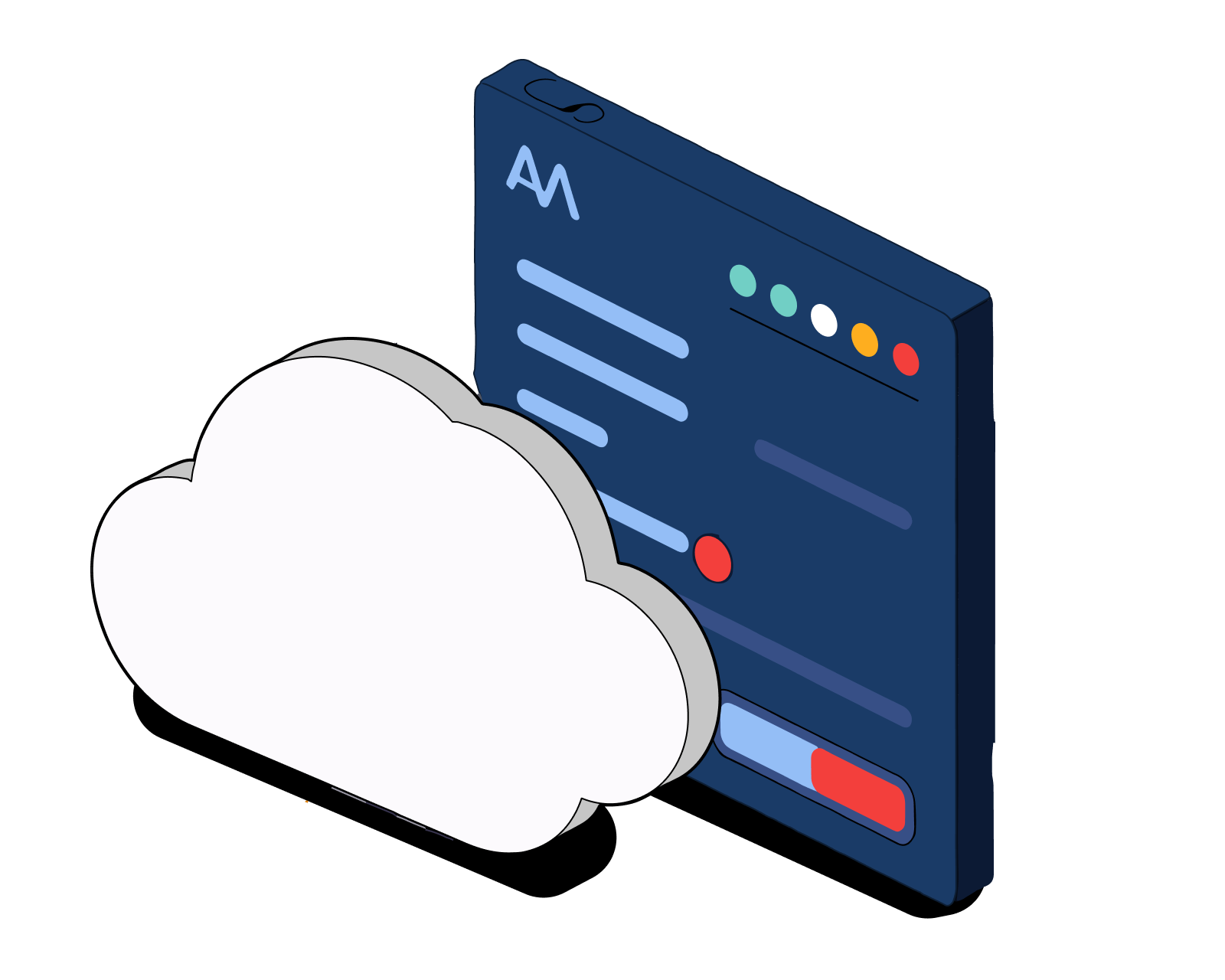
What is APY?
APY stands for annual percentage yield. It is a way to calculate interest earned on an investment that includes the effects of compound interest.
Read this article →
What is APY?
APY stands for annual percentage yield. It is a way to calculate interest earned on an investment that includes the effects of compound interest.
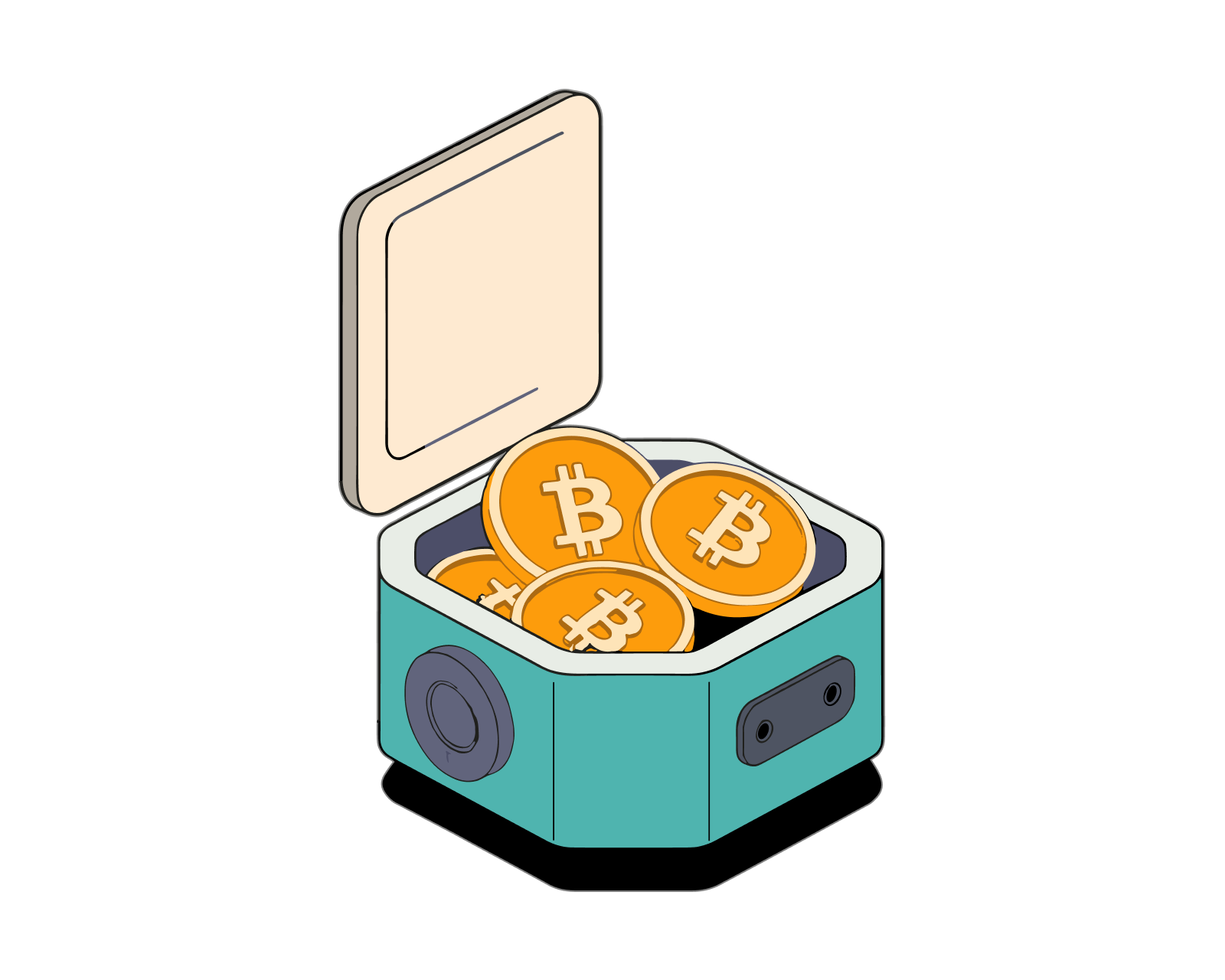
What is crypto lending?
Lending is a foundational activity in any financial system. Learn more about it.
Read this article →
What is crypto lending?
Lending is a foundational activity in any financial system. Learn more about it.

How to lend in DeFi
DeFi lending protocols empower you to earn interest on your deposits and/or use them as collateral to borrow.
Read this article →
How to lend in DeFi
DeFi lending protocols empower you to earn interest on your deposits and/or use them as collateral to borrow.
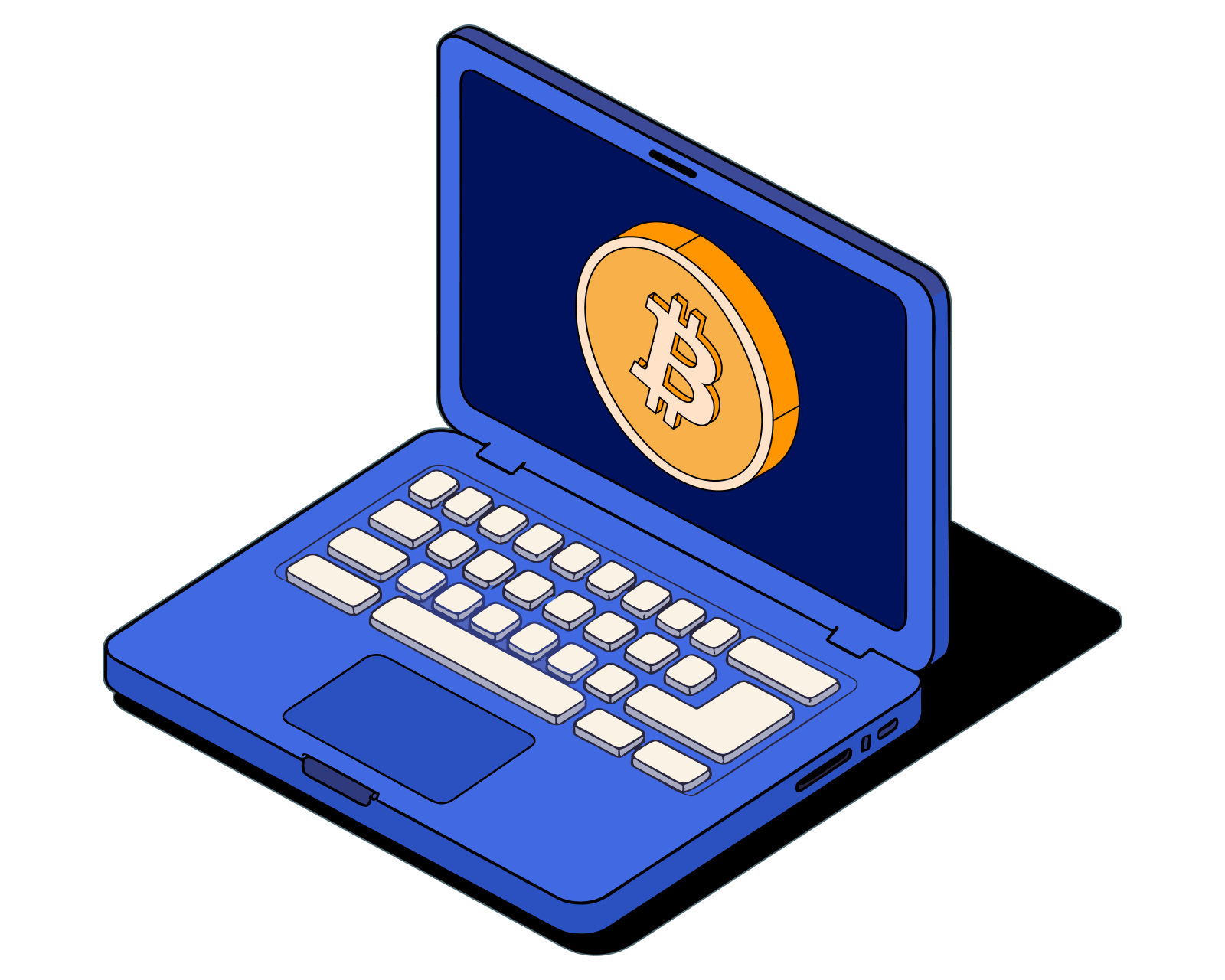
How to borrow in DeFi
DeFi lending protocols empower you to borrow by using your cryptoassets as collateral.
Read this article →
How to borrow in DeFi
DeFi lending protocols empower you to borrow by using your cryptoassets as collateral.

What is DeFi?
Learn what makes decentralized finance (DeFi) apps work and how they compare to traditional financial products.
Read this article →
What is DeFi?
Learn what makes decentralized finance (DeFi) apps work and how they compare to traditional financial products.
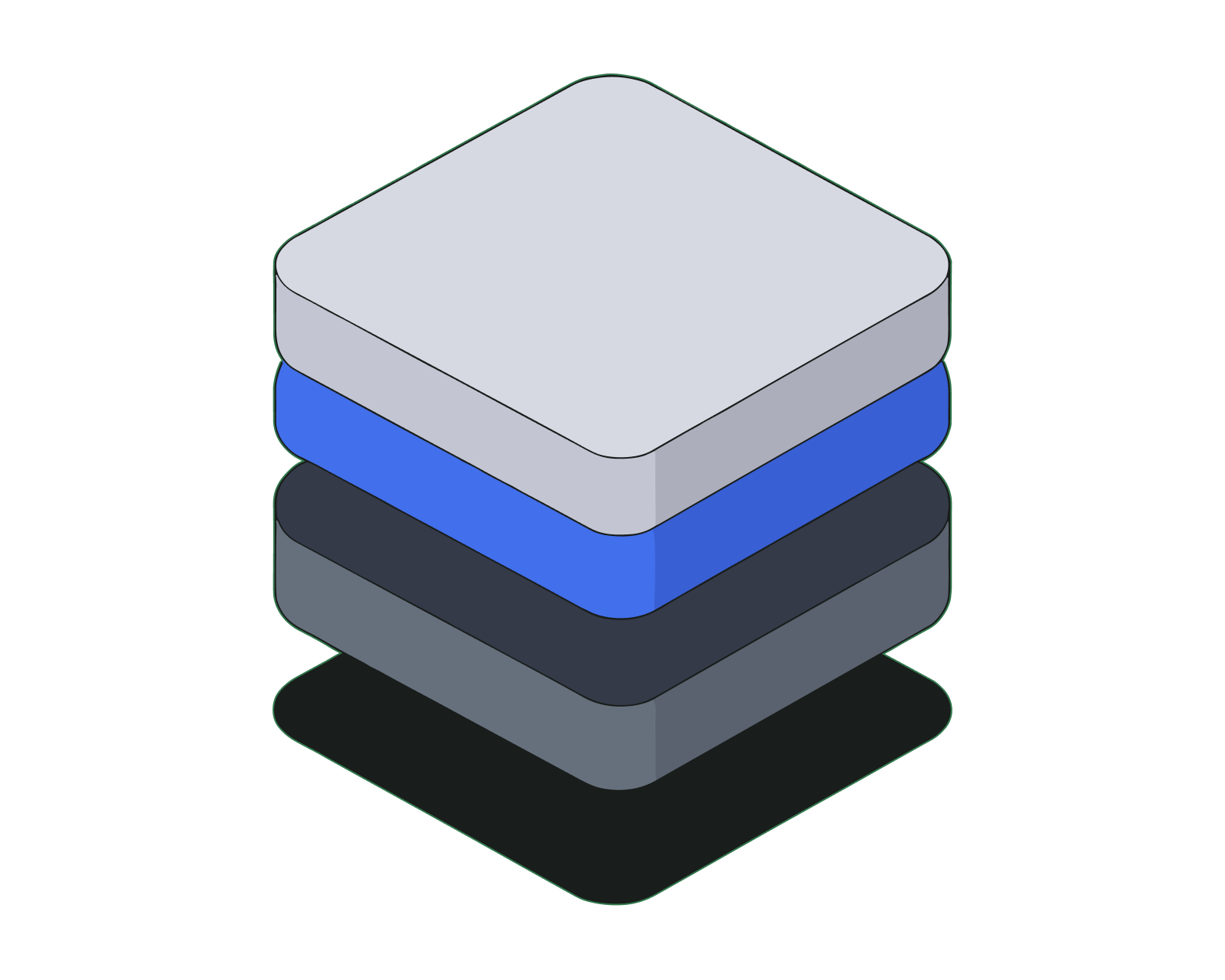
DeFi use cases
Decentralized Finance (DeFi) is bringing access to financial products to everyone. In this article we examine some prominent use cases.
Read this article →
DeFi use cases
Decentralized Finance (DeFi) is bringing access to financial products to everyone. In this article we examine some prominent use cases.
STAY AHEAD IN CRYPTO
Stay ahead in crypto with our weekly newsletter delivering the insights that matter most
Weekly crypto news, curated for you
Actionable insights and educational tips
Updates on products fueling economic freedom
No spam. Unsubscribe anytime.



Start investing safely with the Bitcoin.com Wallet
Over wallets created so far
Everything you need to buy, sell, trade, and invest your Bitcoin and cryptocurrency securely

© 2025 Saint Bitts LLC Bitcoin.com. All rights reserved


